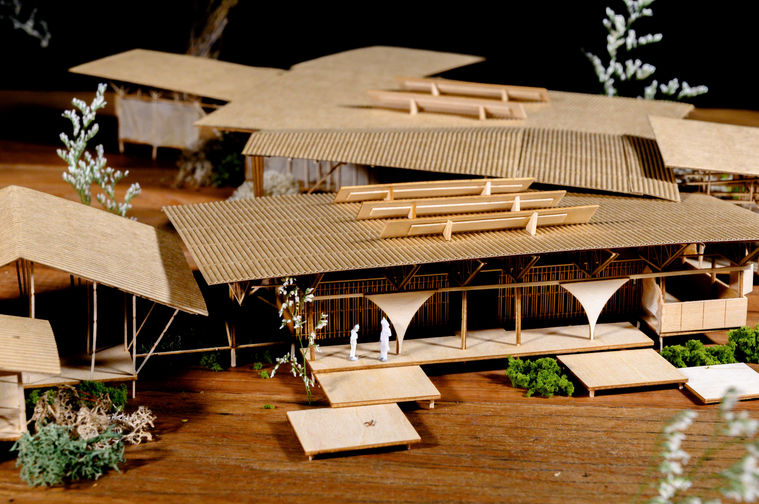
Kulaluk - 2019
Saltwater people’s memories of seascape are of powerful feeling & emotion. They are about living connections with the sea and with one another, connections which are often altering. The past is constantly being transformed as it becomes their present. Located north-west of the CBD of Darwin, Kulaluk, a unique 301-hectare urban environment of bushland, monsoon forest, tidal flats and mangroves, has faced countless questionable projects that have potential to further alienate the wider Aboriginal community of Darwin.
Dangallaba Kilimbirin man Tibby Quall has proposed utilising the site for the gain of the wider community again through visitors to site and the utilisation of the Kulaluk landscape for everyone promoting traditional practices & conservation. From multiple site visits & fishing trips I got to hear first-hand the stories of the site, the involvement of all in fishing, hunting and water collection as well as traditional ceremonies from Arnhem Land Elder Dulcie & Daughter Rhonda, as well as stories of the time of the freedom fighters from Anthropologist Dr Bill Day. To this day the site still fights to do justice to those who fought so hard for the land to be returned to the Larrakia people in 1979.
The proposal deals with the human experience of the site as a healer and a provider, a chance for a unique experience of cultural understanding through a hybrid economy utilising country’s gifts. The abstraction and the humility of the Dangallaba Educational Centre & Malalal Viewing Platform aim to provide a chance of another view, another perception of our country’s first peoples and their connection with the sea, country & the stars. A proposal that promotes a practice of self-reliance, for everyone to use, just as the freedom fighters of the 70’s intended.
For further information on the story of Kulaluk please visit: http://www.drbilldayanthropologist.com/

The Malalal path and viewing platform offers another way of experiencing the landscape through the ritual of ascension.The pre-existence of the landscape dictates the humility of the intervention. Considering the site in its sacred dimension, the intervention aims to approach it in its natural power and strength. The lightweight structure becomes one with its surrounding.
It converges and merges with the landscape, revealing it. The intervention is serving the landscape, revealing it through the rhythm of structural elements drawing the eye from vertical to horizontal view planes. Onsite dyed fabric shields the viewing platform on approach emphasising the sense of arrival.



















